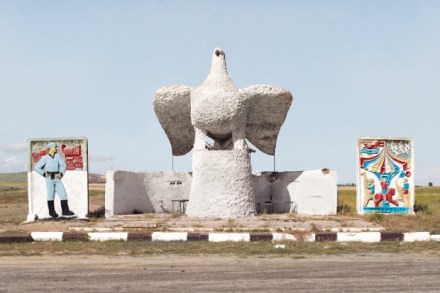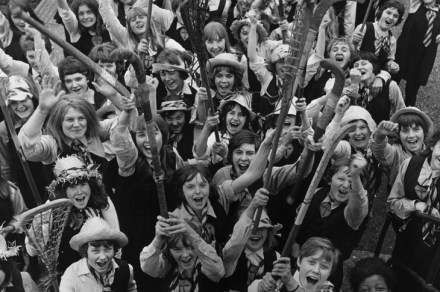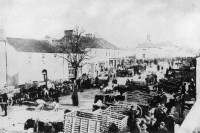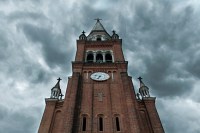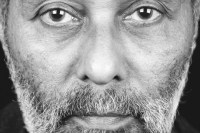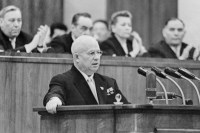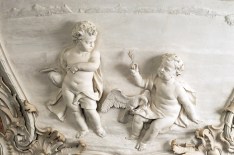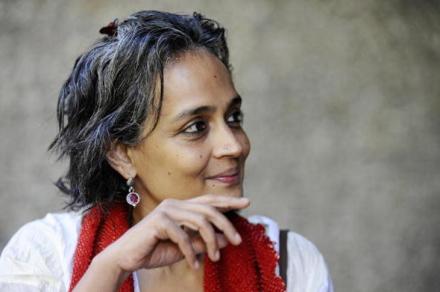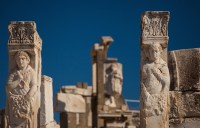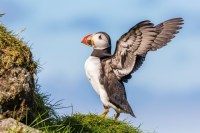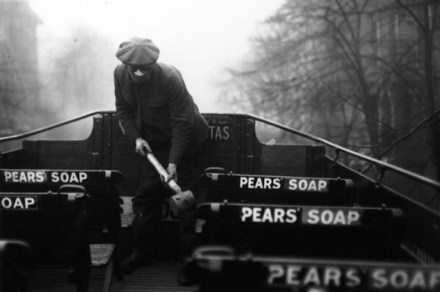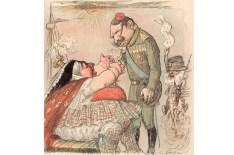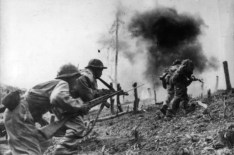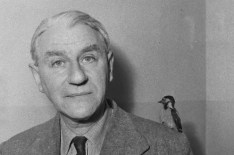Gilded prostitution
‘An English peer of very old title is desirous of marrying at once a very wealthy lady, her age and looks are immaterial…’ This desperate advertisement in the Daily Telegraph in 1901 was a barometer of the impoverishment of many British aristocrats following the Long Depression of 1873–80; dependent on agriculture, the landed gentry continued to reel from those seven consecutive failed harvests. Meanwhile, America’s prairies and railroads had never produced so much wheat, cattle, oil or wealth. Not only that, there was a sizeable number of extremely rich, sassy girls, whose mothers, several of them ex-chambermaids, viewed a European title as a path out of social ostracism in New
